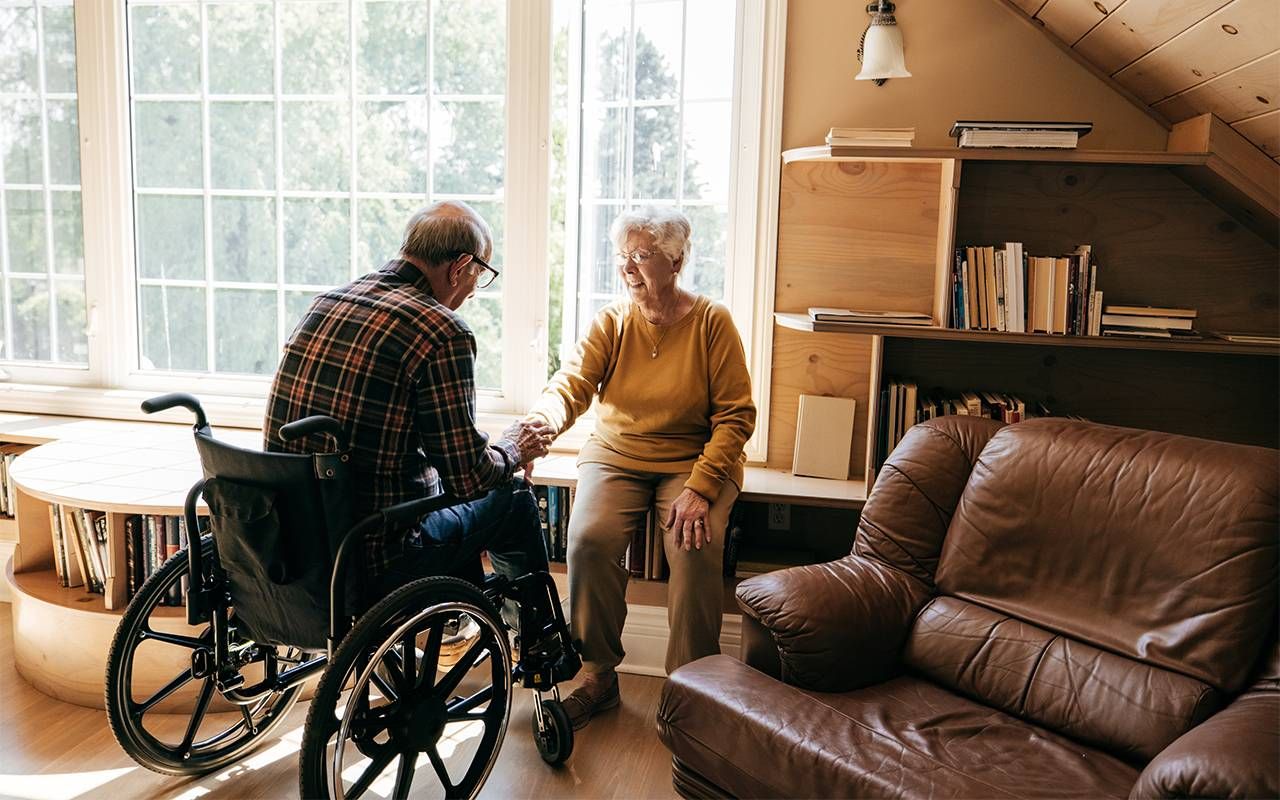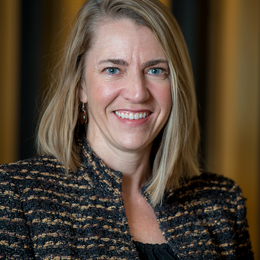National Strategy Will Meet Caregivers’ Needs
Family caregivers of older adults and people with disabilities can expect to receive more support from the government, employers and others.

Our health care system cannot function without family caregivers.
Family caregivers provide $470 billion a year in unpaid labor to support the health, quality of life and independence of family members and friends who require assistance with activities like eating, bathing and dressing. Two-thirds of us will need them, and more than 20% of us are one.
At least 53 million people of all ages, incomes, ethnicities and education levels are family caregivers in the United States. They may care for older adults, people with disabilities or be grandparents raising grandchildren. They might provide care from a distance or to someone in a nursing home. Family caregivers come from every walk of life and while each experience is different and filled with joys and stresses, one commonality exists: they need more support.
Despite the critical role of family caregivers, our nation has not done nearly enough to assist them. Caregivers collectively lose $522 billion in wages each year, spending an average of $7,200 a year of their own money on caregiving-related expenses. There is little or no training available to them, even for those who navigate complex medical tasks like managing medications or operating medical devices. There is virtually no support to help them recover mentally, physically or financially from what can be round-the-clock responsibilities.
Finally, after years with little change, policymakers and regulators are now considering big ideas to prioritize the most urgent needs of family caregivers and the older adults and people with disabilities they support.
A New National Strategy
Released in September, a historic, comprehensive National Strategy lays out common-sense solutions to meet the needs of family caregivers. The 2022 National Strategy to Support Family Caregivers outlines more than 300 actions the government will take to improve the lives of caregivers and includes corresponding actions for states, employers and community organizations.
The Strategy specifically addresses improving access to services that will allow caregivers to take a break. It includes family caregivers as part of a person's core health care team. It helps caregivers better plan for their own financial security and strengthens the professional caregiving workforce who work hand in hand with family caregivers. Critically, it provides a roadmap for federal and state agencies to work together so people do not fall through the cracks or get trapped in red tape when trying to get help.
November is National Family Caregivers Month, so it's the perfect time to familiarize yourself with the Strategy and make a public comment by November 30 to help the Advisory Councils identify current priorities and future updates of the Strategy.
We already know there is unusually strong and broad support for the National Strategy from people across the political spectrum and from every demographic group. According to a survey from The John A. Hartford Foundation, 94% of respondents support providing free training to family caregivers and 93% support bringing in professional caregivers so family caregivers can take a break from their caregiving responsibilities — and the results are strong across various generations, ethnic groups and regions. Nearly all respondents support giving caregivers paid time off to fulfill their responsibilities (93%) and believe unemployment benefits should cover people who need to leave their job to care for someone (90%).
While much of our society is divided on other issues, this strategy, perhaps not surprisingly, has strong bipartisan support. (So close that parties are within 4 percentage points.) It may be because we all know, or are, family caregivers and are familiar with the challenges they face and the support they deserve.
Each of us has an important role to play in improving support for family caregivers. Right now, the most powerful thing we can do is become informed about the National Strategy and urge its complete adoption because most of us will need, or become, family caregivers ourselves.



The John A. Hartford Foundation is a private, nonpartisan, national philanthropy dedicated to improving the care of older adults. The leader in the field of aging and health, the Foundation has three priority areas: creating age-friendly health systems, supporting family caregivers, and improving serious illness and end-of-life care.

